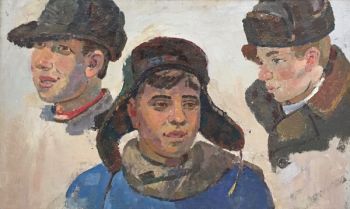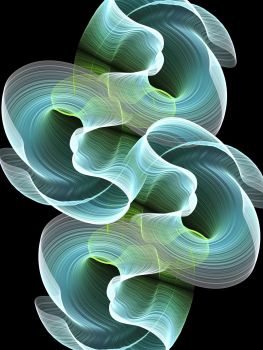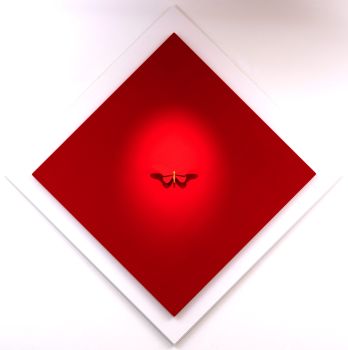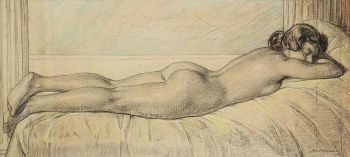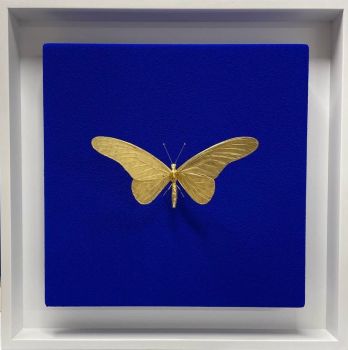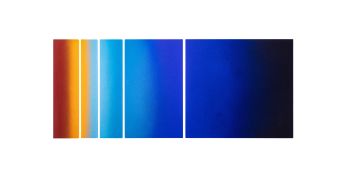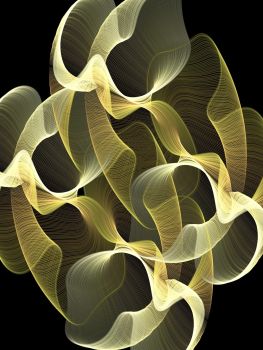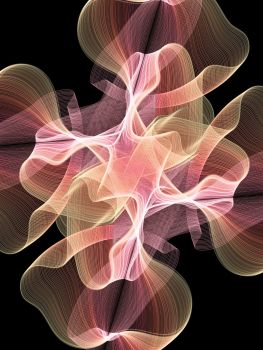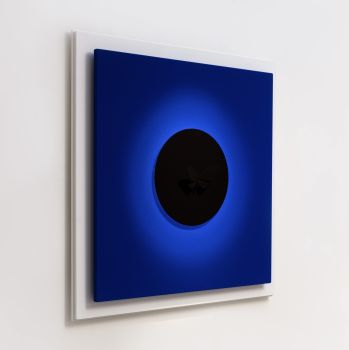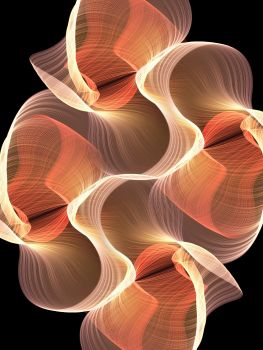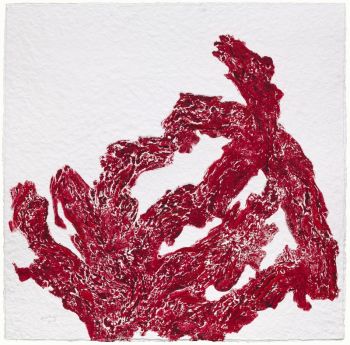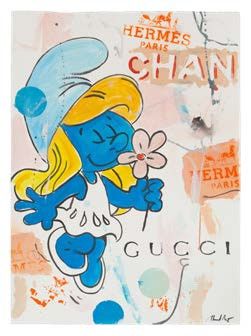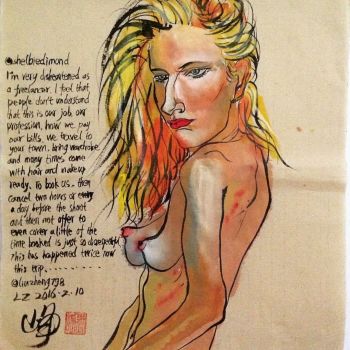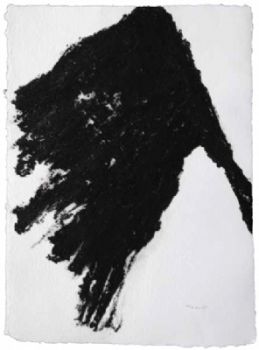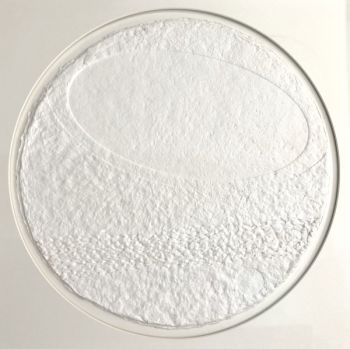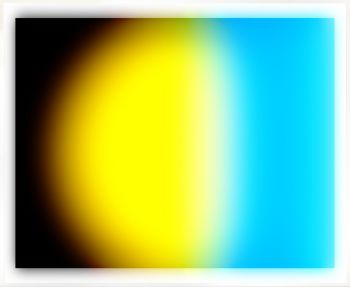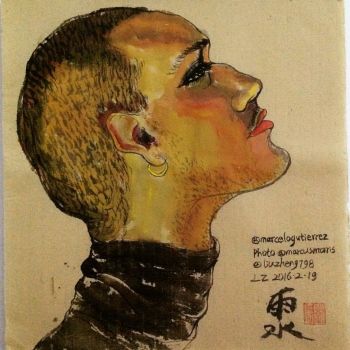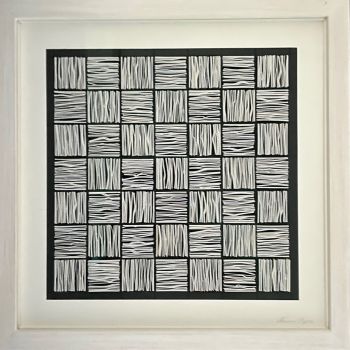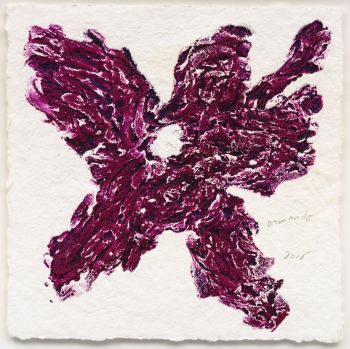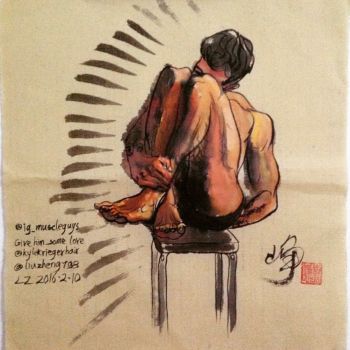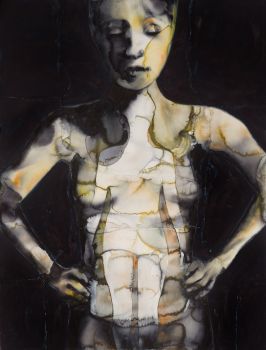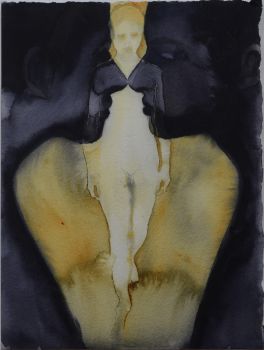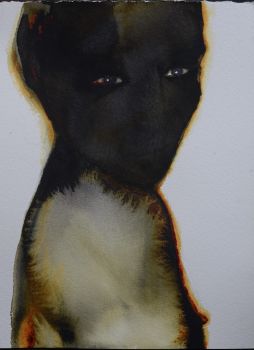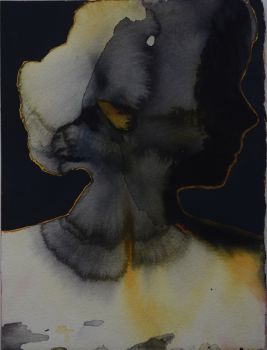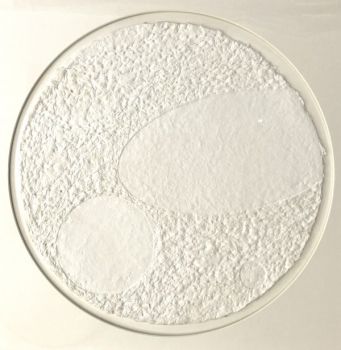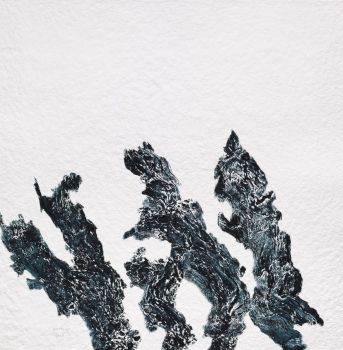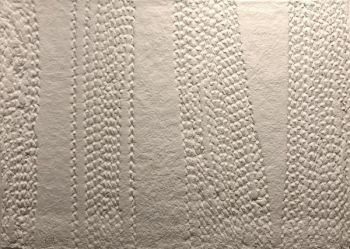Debate on the preferences between Greek and Latin, and Arabic sources 1540
Leonhart Fuchs
PaperHandmade paperLeather
Currently unavailable via Gallerease
- About the artworkLibri IIII, difficilium aliquot quaestionum et hodie passim controversarum explicationes continents.
Basel, (colophon: Robert Winter, 1540).
4 parts in 1 volume. 4to.
Each of the 4 parts with charming woodcut device on the last blank.
17th-century sheepskin parchment.
First edition of Fuchs his "Four books on some difficult questions" a heavily revised version of his Apologiae tres ("Three apologies") from 1538.
It is part of a debate on the preferences for ancient Greek and Latin on one side and Arabic sources on the other side; refuting the views of Guillaume Dupuis, Sébastien de Monteux and Jérémie de Dryvere. Fuchs gives commentary on the indications and dosages of prescriptions of Ibn Sina (Avicenna) and on Masawaih al-Mardini (Mesue the Younger), and praises the work of Galenus, whose work set the template for Islamic medicine.
Browned and foxed throughout and a few lines, words headers and paragraphs crossed out; a good copy.
Bibliotheca Osleriana 2688; Durling 1710; USTC 602528 (4 copies). - About the artistLeonhart Fuchs was a German physician and botanist, born in 1501 in Wemding in the Duchy of Bavaria. He passed away on the 10th of May, 1566. He is best known as the author of a particular large book about plants and their medicinal uses, i.e. a Herbal Book. It was first published in Latin, in 1542. The book contained about 500 detailed and accurate drawings of plants, which were printed from woodcuts. The drawings are the book's most notable advance on its predecessors.
Although drawings were used beforehand in other Herbal Books, Fuchhs' Herbal book proved and emphasized high quality drawings as the most telling way to specify what a plant name stands for. Eventually, the Fuchsia as a plant was named in his honour; consequently, the colour fuchsia was named after him as well.
Artwork details
Category
Subject
Material & Technique
Related artworks
Engelbert Kaempfer
ENGELBERT KAEMPFER BOOK1651 - 1716
Price on requestZebregs & Röell - Fine Art - Antiques
Antonie Derkinderen
Memory book Exhibition of Dutch Painting1892
Price on requestKunsthandel Pygmalion
Tilmanus Nicolaus Maastricht
Missale Romanum with Dutch silver mounts1788 - 1792
Price on requestJacob J. Roosjen SRI
Tilmanus Nicolaus Maastricht
Missale Romanum with Dutch silver mounts1788 - 1792
Price on requestJacob J. Roosjen SRI
LAWRENCE WEINER
"SKIMMING THE WATER [MENAGE A QUATRE]" Signed book plus small artwork2010 - 2014
Price on requestGallerease Selected
Engelbert Kaempfer
ENGELBERT KAEMPFER BOOK1651 - 1716
Price on requestZebregs & Röell - Fine Art - Antiques
Antonie Derkinderen
Memory book Exhibition of Dutch Painting1892
Price on requestKunsthandel Pygmalion
Yoko Ono
YOKO ONO: "ARISING" SIGNED BOOK PLUS SMALL ARTWORK 2010 - 2014
Price on requestGallerease Selected
1 - 4 / 22- 1 - 4 / 14
- 1 - 4 / 24


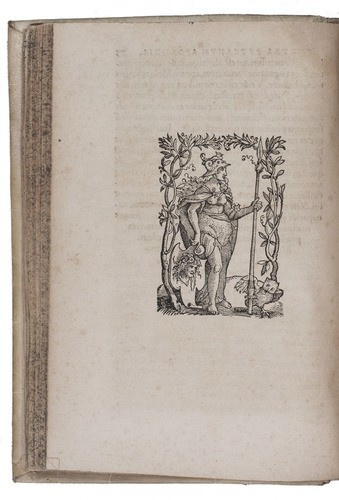














!["SKIMMING THE WATER [MENAGE A QUATRE]" Signed book plus small artwork by LAWRENCE WEINER](https://media-2.gallerease.com/images/442bfd5f-fc31-4e18-a2fa-ee0c08eade64/350x350/skimming-the-water-menage-a-quatre-signed-book-plus-small-artwork.jpg)





